1. Bald Eagles
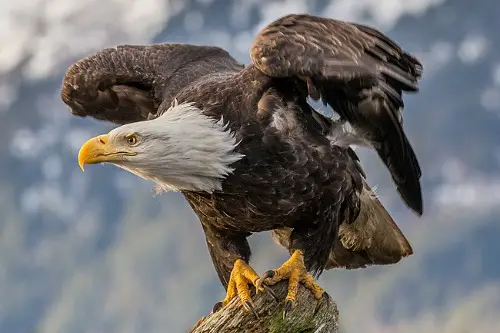
The iconic symbol of America, the bald eagle, faced major threats from DDT poisoning and habitat loss in the mid-20th century. But after the banning of DDT and concerted nesting programs, bald eagle populations are soaring. From just 400 pairs in the 1960s, there are now over 300,000 bald eagles in the wild today, making it one of the great conservation success stories.
2. Red Wolves
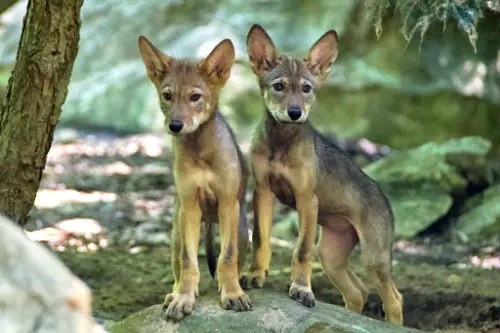
The red wolf was declared extinct in the wild in the 1980s, but thanks to a captive breeding program and careful reintroduction in eastern North Carolina, these wolves are making a slow yet steady comeback. Conservationists continue to fight for their survival, and though the red wolf still faces many challenges, its population is now hovering around 30 to 40 in the wild.
3. California Condor
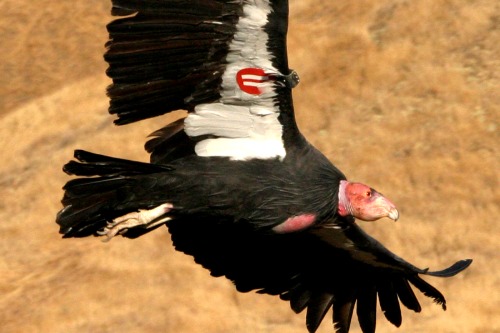
The California condor is one of North America’s largest birds, and in the 1980s, it was almost extinct, with only 27 left in the world. Through a controversial but successful captive breeding program, this majestic bird’s population has grown to over 400 individuals, and many are now flying freely across California, Arizona, and Utah.
4. American Bison
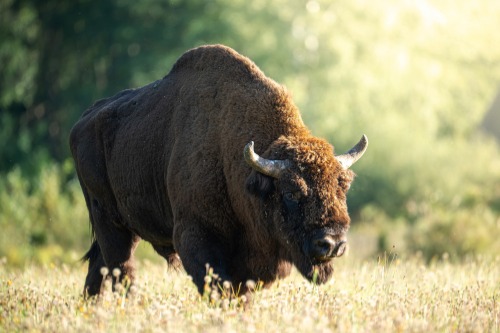
The American bison was once on the brink of extinction, with only a few hundred left due to hunting pressures in the 19th century. Thanks to efforts by national parks, ranchers, and conservation organizations, the bison population has bounced back, with about 500,000 bison living in North America today. These majestic creatures are now part of many protected reserves, ensuring their continued survival.
5. Pronghorn Antelope
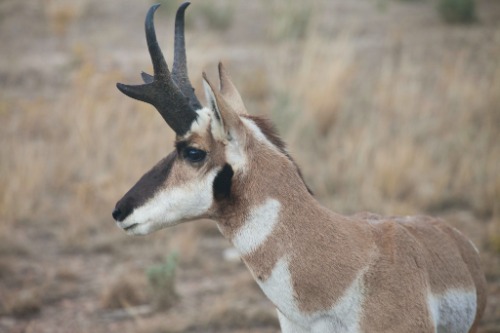
The pronghorn, often mistaken for an antelope, is North America’s second fastest land mammal. While their numbers dwindled in the early 20th century due to habitat destruction and hunting, smart conservation efforts focusing on habitat restoration and protection have led to a population rebound. They’re now thriving on the Great Plains and in certain protected areas.
6. Whooping Crane

With only 15 birds left in the wild in 1941, the whooping crane was on the brink of vanishing. Now, thanks to habitat restoration and an innovative migration program where young cranes are taught migration routes by ultralight aircraft, their numbers have risen to over 600. These tall, graceful birds are now a symbol of hope for other endangered species.
7. American Alligator
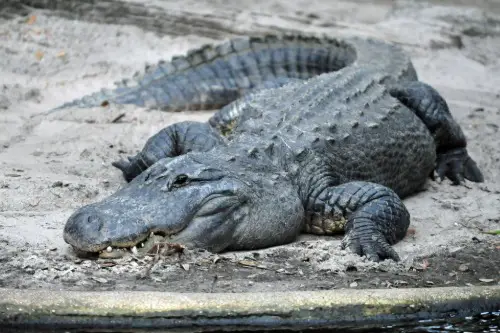
Once listed as an endangered species due to hunting and habitat loss, the American alligator is now thriving. Legal protections, wetland restoration, and management practices have contributed to a population explosion. Alligators are now found in abundance across the southeastern U.S., and their recovery has had a positive ripple effect on their ecosystem.
8. River Otter
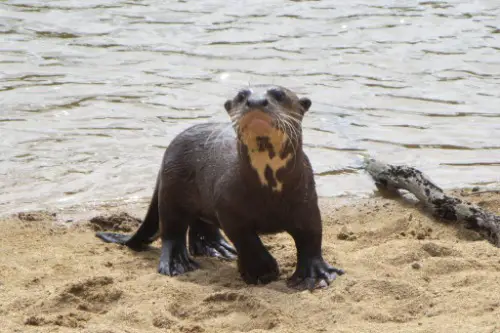
River otters were once in serious decline across the U.S. due to trapping, pollution, and habitat loss. But thanks to stricter environmental protections and better water quality, these playful creatures are making a strong comeback. They’ve been spotted in rivers and lakes across much of the country, helping to balance aquatic ecosystems by controlling populations of fish and other prey species.
9. Eastern Box Turtle
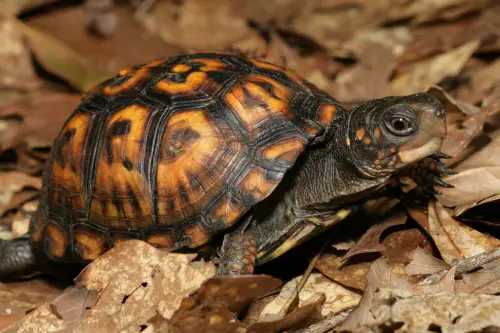
The Eastern box turtle has seen its population decline due to habitat loss and the pet trade. However, due to active conservation efforts, including habitat restoration and breeding programs, these turtles are slowly bouncing back. In some parts of their range, their numbers are showing signs of recovery.
10. Florida Panther

Once on the verge of extinction with only 20 panthers remaining in the wild in the 1990s, the Florida panther has been making a strong recovery. Habitat preservation, roadkill mitigation programs, and reintroduction efforts have helped their numbers grow to over 120 individuals. They’re still endangered, but the population is steadily improving.
11. Gray Wolves

Once nearly wiped out from the U.S. due to hunting and habitat loss, gray wolves are now thriving in areas like Yellowstone National Park and parts of the Pacific Northwest. Conservation efforts, including reintroduction programs and legal protections, have helped wolves rebuild their populations. They’re not just making a comeback—they’re reshaping ecosystems by controlling the populations of other species, like deer, which helps plant life regenerate.
12. Black-footed Ferret

The black-footed ferret, once thought to be extinct, is now making a remarkable recovery. After being rediscovered in 1981, a dedicated breeding and reintroduction program has helped the population grow from just 18 individuals to over 300. They’re reintroduced into the wild on the Great Plains, where they help control prairie dog populations.
13. Humpback Whale
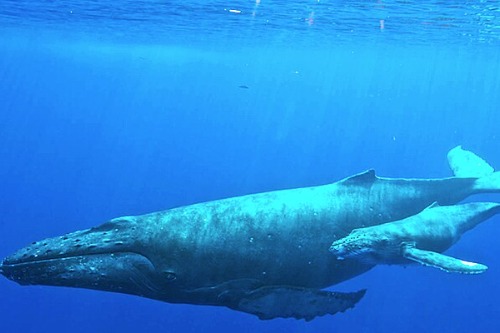
Humpback whales were hunted to near extinction in the 20th century, but thanks to a global ban on whaling and concerted marine conservation efforts, their numbers have increased dramatically. These whales are now thriving in oceans worldwide, and sightings off the U.S. coasts are more common than ever.


